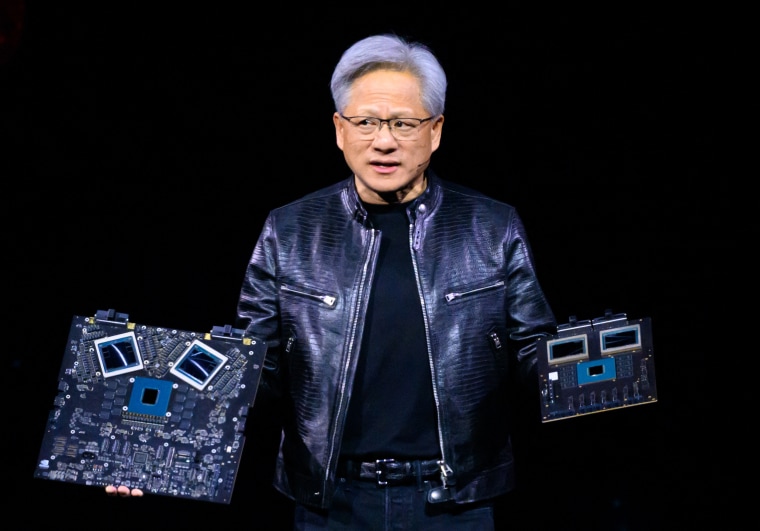
Intel’s Decline: From Dominance to Desperation in the U.S. Chip Industry
Intel Used to Dominate the U.S. Chip Industry – Is There a Way Back to Relevance?
In the fast-paced world of technology, even industry giants can falter. Intel, once a powerhouse in the U.S. chip industry, is currently facing challenges that threaten its relevance and market dominance. What led to Intel’s decline, and is there a path for the company to reclaim its former glory?
Historically, Intel has been synonymous with innovation and leadership in the semiconductor industry. The company’s x86 architecture has long been the foundation of personal computing, powering millions of devices worldwide. However, in recent years, Intel has struggled to keep up with the rapidly evolving market dynamics and technological advancements.
One of the key factors contributing to Intel’s decline is its manufacturing setbacks. The company has faced numerous delays in transitioning to advanced chip manufacturing nodes, falling behind competitors like TSMC and Samsung. These delays have hindered Intel’s ability to offer cutting-edge products with improved performance and power efficiency, putting them at a significant disadvantage in the market.
Moreover, Intel’s product strategy has also come under scrutiny. The company has been criticized for its conservative approach to innovation, focusing more on incremental improvements rather than disruptive technologies. This lack of boldness has allowed competitors to introduce novel solutions and capture market share, further marginalizing Intel’s position in the industry.
In addition to manufacturing and product strategy challenges, Intel is also grappling with internal turmoil. The company has seen a series of executive shakeups and leadership changes in recent years, creating organizational instability and impacting its ability to execute long-term strategic plans effectively. This leadership turbulence has eroded investor confidence and cast doubts on Intel’s capacity to steer its ship back on course.
Despite these challenges, it may not be all doom and gloom for Intel. The company still possesses considerable resources, expertise, and brand recognition that could be leveraged to stage a comeback. With a renewed focus on research and development, strategic investments in cutting-edge technologies, and a reinvigorated leadership team, Intel could potentially reclaim its status as a market leader in the semiconductor industry.
Furthermore, partnerships and collaborations with other industry players could also help Intel accelerate its innovation efforts and expand its product portfolio. By fostering synergies with emerging tech companies and leveraging external expertise, Intel could tap into new growth opportunities and revitalize its competitive edge in the market.
In conclusion, Intel’s struggle to stay relevant in the U.S. chip industry is a cautionary tale of the challenges faced by even the most established players in the tech sector. While the road ahead may be fraught with obstacles, it is not impossible for Intel to turn the tide and chart a new path towards success. By addressing its manufacturing issues, revamping its product strategy, stabilizing its leadership, and fostering strategic partnerships, Intel could position itself for a resurgence and reclaim its position as a formidable force in the semiconductor market.
